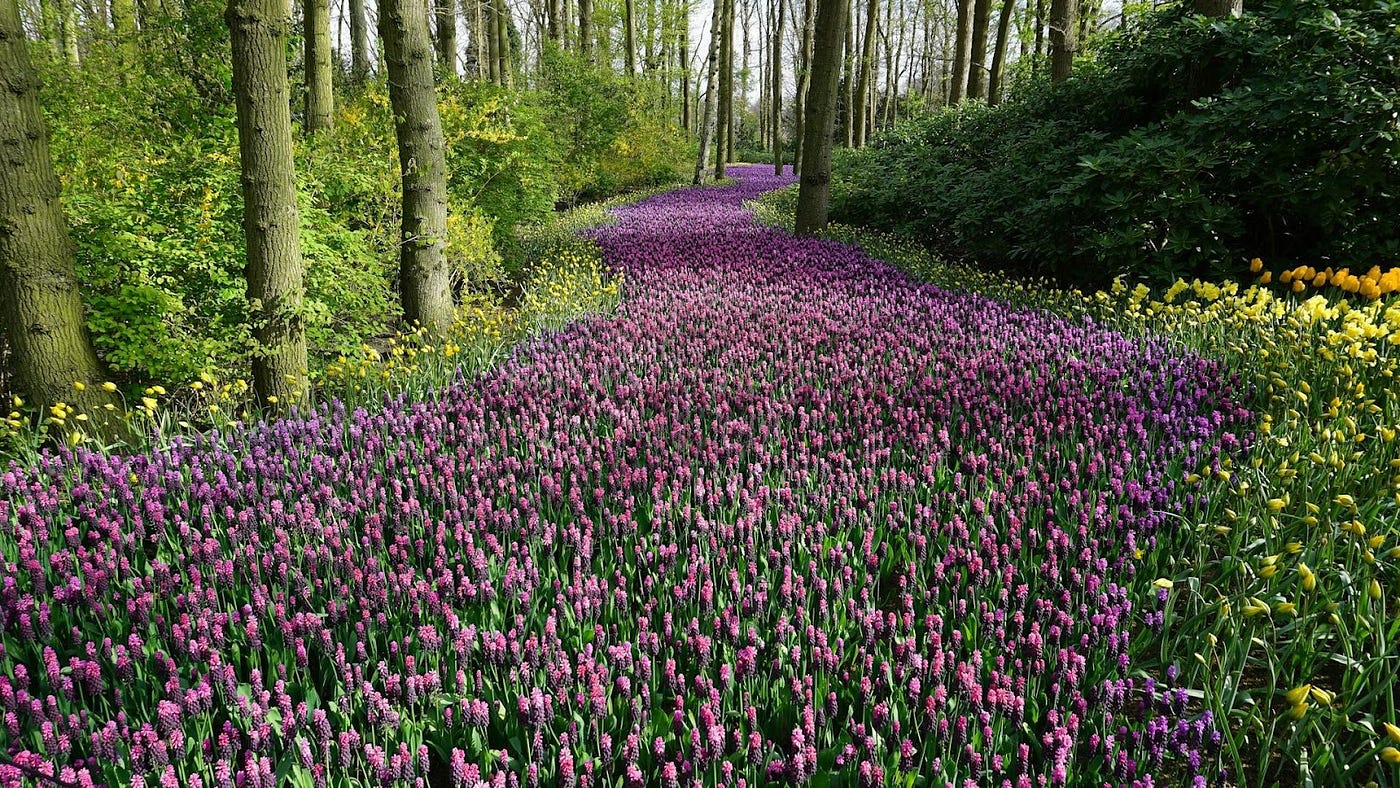Written by Shreya Raheja
Edited by CHIQIO
Keywords: olfactory imagery, scent and memory, sensory perception, creative storytelling, emotional well-being
Meta description: Discover the art of olfactory imagery and learn how to conjure fragrances in your mind. Enhance your creativity and emotional experiences through the powerful connection between scent and memory.
What Is Olfactory Imagery?
The purpose of olfactory imagery is to approach fragrances with the same attention to detail and care that an artist does to their masterwork. It’s the art of conjuring up fragrances in your head so that, even in the absence of actual scents, your sense of smell may evoke memories and feelings. This art form is intimate yet universal since it pulls from a rich pool of human experiences.
Scent & Memory: The Magical Duo!
Source: https://images.app.goo.gl/hGWjmqzG3NjbTQzb9
The sense of smell is one of the strongest senses in humans, frequently evoking feelings and memories more strongly than any other. Our sense of smell is intimately connected to the area of the brain that controls emotion and memory. This relationship explains why a particular smell can instantaneously take us to a certain place and time while arousing strong emotions. Through the use of olfactory imagery, we can effectively and profoundly access and explore these emotional depths by harnessing this potential.
Cultivating Your Olfactory Imagination: A Simple Step-Wise Guide
- Start by interacting with the smells in your everyday surroundings. Give your laundry some time to air out, the smell of new coffee in the morning, or the earthy after-rain smell some attention. By carefully investigating different fragrances, you can create a vast library of aromas to use in your olfactory images.
- Increase your olfactory perception skills by adding more descriptive words to your vocabulary. Consider whether a perfume is a fresh, green lily of the valley or a sweet, fragrant jasmine before calling it just “floral.” Your olfactory images will become more vivid the more detailed you describe.
- Connect smells with other senses. Picture the scent’s accompanying texture, colour, and sound. For example, the aroma of newly made bread may evoke the oven’s warmth, the crust’s golden brown colour, and the sound of the bread crackling as it is cut. These connections enhance your mental image of the fragrance.
- Tell tales centred on smells. Consider a scent as a character in a story. What kind of journey does it take you on? A woodsy, smoky scent could take you to a cosy cottage in the woods, while a zesty cologne might remind you of a busy Mediterranean market. By creating these stories, you can assist your memory and imagination become anchored in odours.
Olfactory Imagery In Art & Literature: A Notable Presence
Connect smells with other senses. Picture the scent’s accompanying texture, colour, and sound. For example, the aroma of newly made bread may evoke the oven’s warmth, the crust’s golden brown colour, and the sound of the bread crackling as it is cut. These connections enhance your mental image of the fragrance.
Tell tales centred on smells. Consider a scent as a character in a story. What kind of journey does it take you on? A woodsy, smoky scent could take you to a cosy cottage in the woods, while a zesty cologne might remind you of a busy Mediterranean market. By creating these stories, you can assist your memory and imagination become anchored in odours.
Applications of Olfactory Imagery: Enriching Our Everyday Life
Scent is a tool used by marketers to evoke feelings in consumers about items. When you smell vanilla in a home décor store, it may make you feel cosy and nostalgic, which increases the likelihood that you’ll buy a scented candle or a cosy throw.
Source: https://images.app.goo.gl/3ZmBkjyS7WjAeY8UA
Olfactory imagining has been used as a stress-reduction and mindfulness technique in personal development. During meditation, visualise soothing aromas such as lavender or eucalyptus to improve focus and relaxation. Given that certain smells can arouse emotions like happiness, calmness, or vigour, this technique can also help with emotion management.
The Bottom Line
The skill of creating scent images is a potent but frequently disregarded part of human perception. We can improve our everyday lives, our creative expressions, and our emotional experiences by developing our capacity to mentally reproduce fragrances. Remember that the world of odours is large and complex, just waiting to be discovered and imagined as you set off on this sensory adventure. Accept the power of your senses and let your sense of smell take you to imagined and real places and times, adding a subtle yet powerful element of aroma to your life.

 No products in the cart.
No products in the cart.